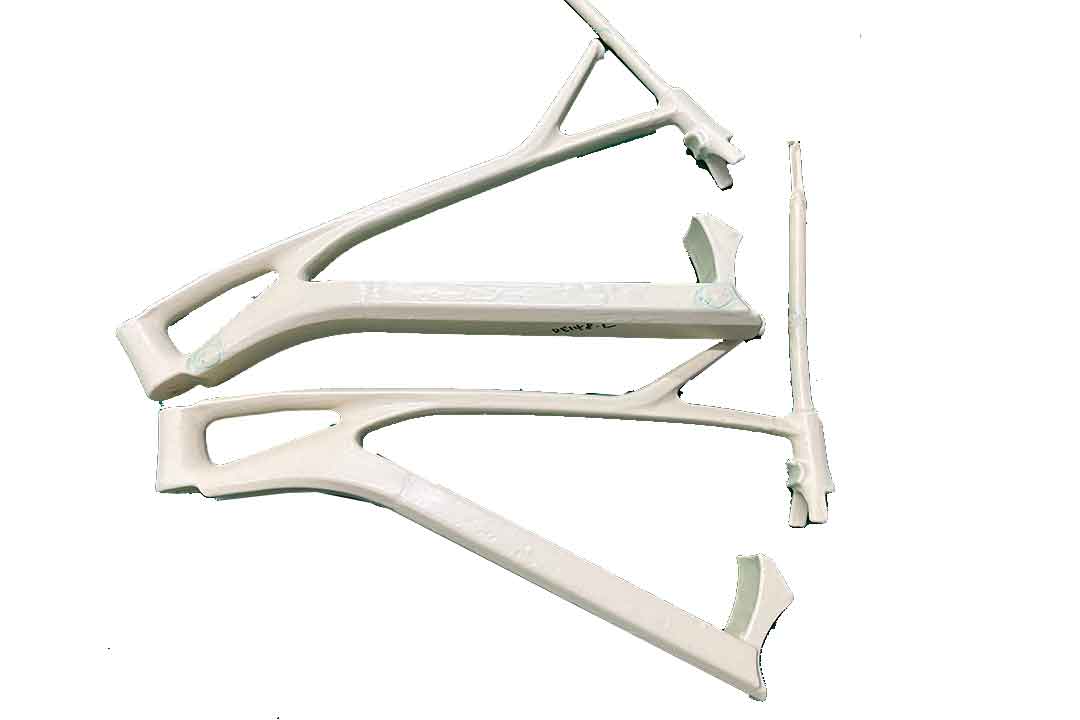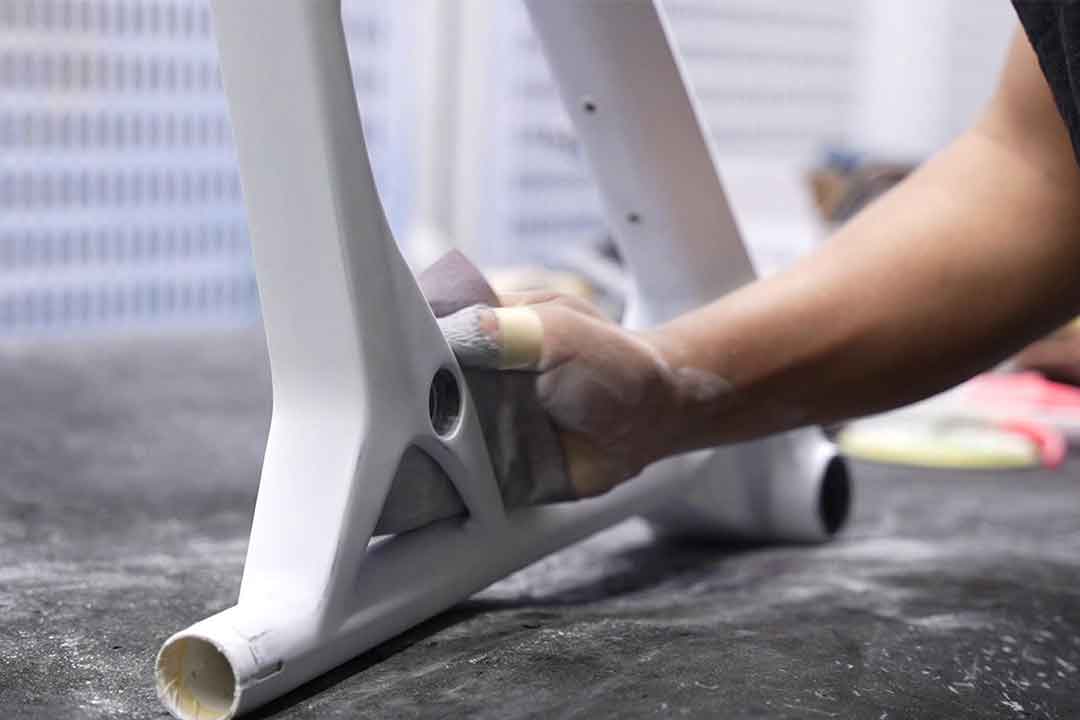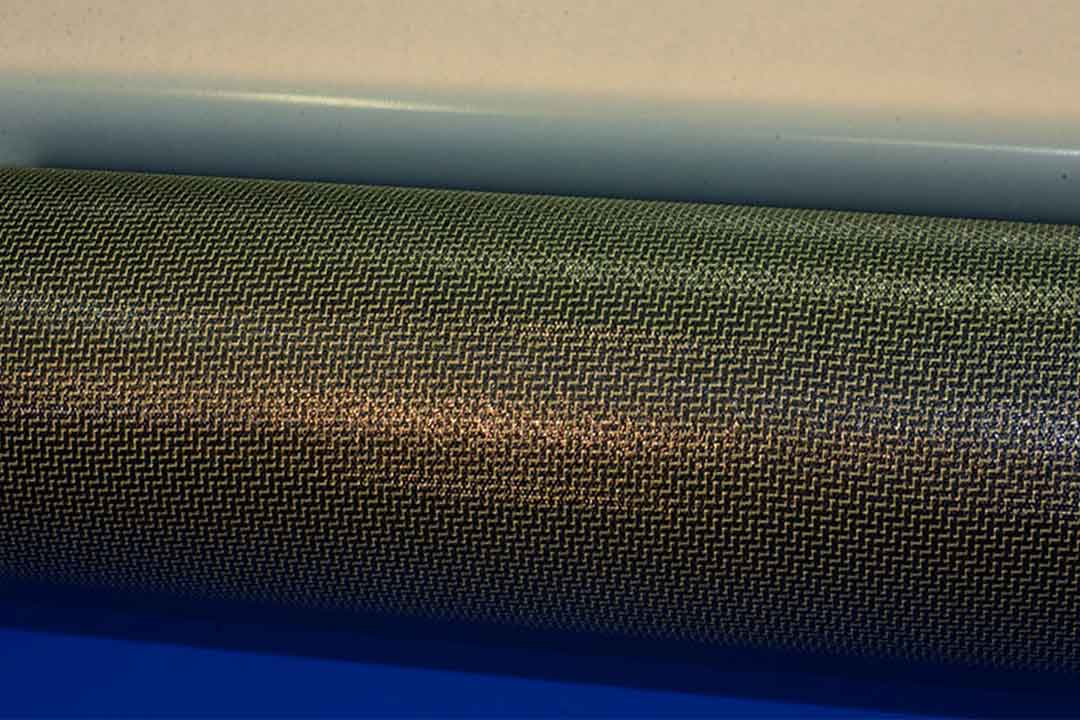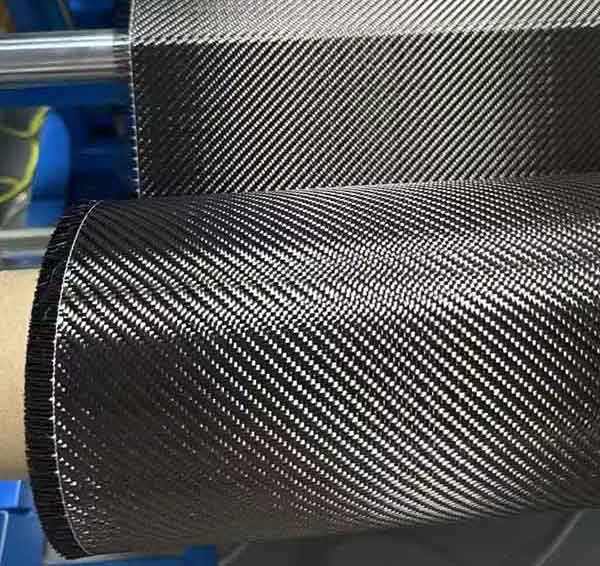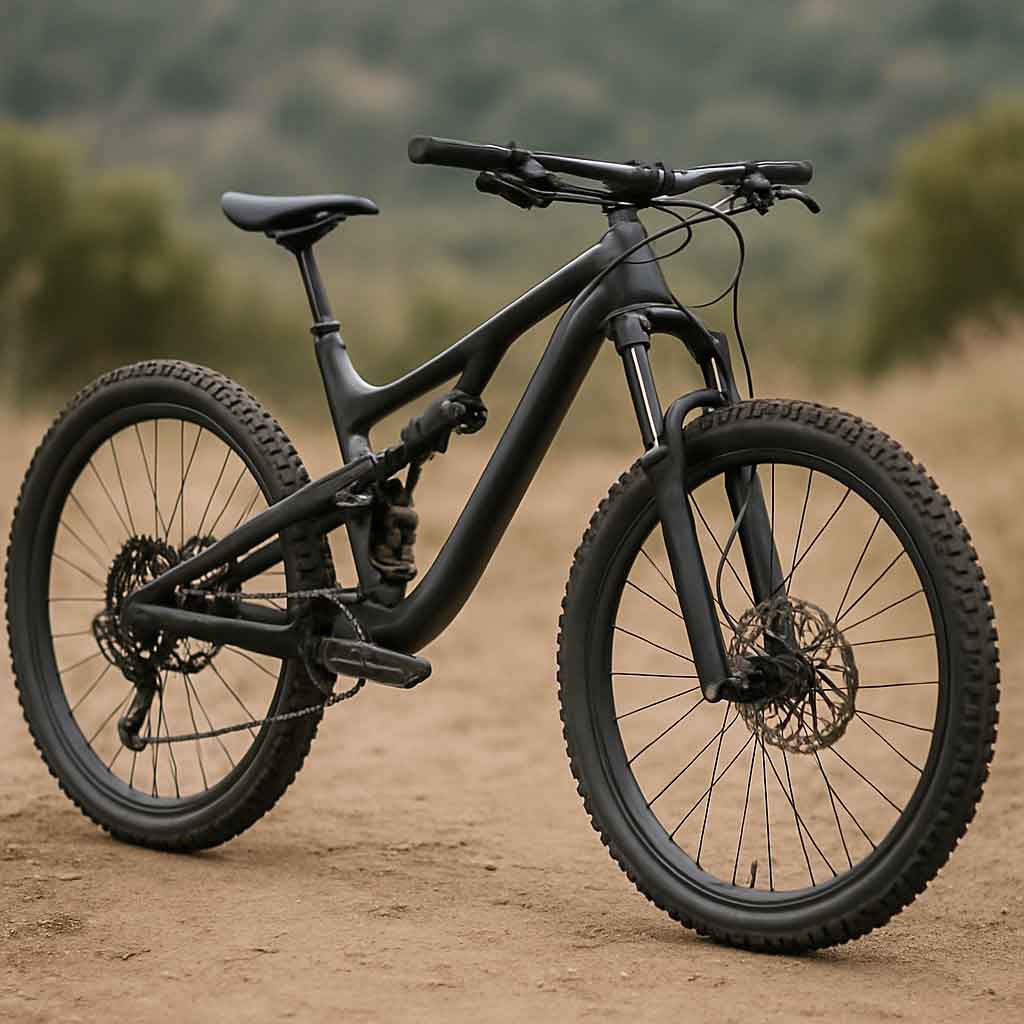Welcome to Mondince Bike - A well-known factory specialized in produce carbon bike frame and other parts since 2007.
Aluminum vs Carbon: Best Bike Material?
Choosing the right bike material can significantly impact your cycling experience, whether you're a casual rider or a competitive cyclist. The two most popular materials for road bike frames are aluminum and carbon fiber. Each has its unique strengths and weaknesses, making the choice between them a matter of personal preference and specific cycling needs. In this article, we'll break down the differences between aluminum and carbon bike frames to help you decide which is the best option for you.
Bike frames are the backbone of any bicycle, and the material used in their construction determines key characteristics like weight, durability, and ride quality. The choice of material affects not only the performance but also the cost and longevity of the bike. Understanding these differences is crucial for making an informed purchase that aligns with your cycling goals and budget.
Aluminum has been a popular choice for bike frames for decades. It's a lightweight, affordable, and durable material that offers good performance for a wide range of cyclists. Aluminum frames are known for their stiffness, which allows for efficient power transfer from the rider to the road. This material's long-standing popularity is due to its ability to provide a balance between performance and cost, making it accessible to a wide audience.
Aluminum's ability to be easily formed into various shapes also makes it a versatile choice for bike manufacturers. They can design frames that cater to different riding styles, from road cycling to mountain biking. Moreover, advancements in aluminum alloy technology have allowed for lighter and more robust frames, enhancing their appeal even further.
- Affordability: Aluminum bikes are generally more budget-friendly than carbon fiber bikes, making them a great option for beginners and those on a tight budget. This affordability allows new riders to enter the world of cycling without a substantial financial commitment, which can be particularly appealing for those unsure of their long-term interest in the sport.
- Durability: Aluminum frames are resistant to corrosion and can withstand a fair amount of rough handling, making them a durable choice for many riders. This durability is particularly beneficial for cyclists who frequently ride in varying weather conditions or on rugged terrains, as it ensures the longevity of the bike.
- Stiffness: The rigidity of aluminum frames provides responsive handling and efficient power transfer, which is particularly beneficial for sprinting and climbing. For riders focused on competitive performance, this stiffness can translate into faster speeds and more effective energy use.
- Ride Quality: Aluminum's stiffness can lead to a harsher ride, as it doesn't absorb road vibrations as well as carbon fiber. This can be a significant drawback for riders who prioritize comfort, especially on longer rides where fatigue from vibrations can accumulate over time.
- Weight: While lightweight, aluminum is generally heavier than carbon fiber, which might be a consideration for competitive cyclists focused on speed. The added weight can be a disadvantage in races or long-distance cycling where every gram counts towards overall performance.
Carbon fiber is a relatively newer material in the cycling world, but it has quickly become the go-to choice for high-performance road bikes. Carbon frames are known for their lightweight construction and ability to be finely tuned to offer the perfect balance of stiffness and comfort. This adaptability has made carbon fiber the preferred choice for professional cyclists and enthusiasts seeking top-tier performance.
In addition to its performance benefits, carbon fiber offers a sleek and modern aesthetic that appeals to many riders. The material's ability to be molded into aerodynamic shapes allows for innovative designs that not only enhance speed but also look visually striking.
- Lightweight: Carbon fiber is incredibly light, making it the material of choice for cyclists looking to maximize speed and agility. This weight advantage is particularly noticeable in races and climbs, where lighter bikes can significantly enhance performance.
- Ride Quality: The unique properties of carbon allow for frames that absorb road vibrations, providing a smoother, more comfortable ride. This comfort can make a substantial difference on long rides, reducing fatigue and allowing riders to maintain higher speeds for extended periods.
- Customization: Carbon fiber can be molded into various shapes and structures, allowing manufacturers to design frames with specific performance attributes. This customization extends to tailoring bikes for aerodynamics, stiffness, or comfort, depending on the rider's needs.
- Cost: Carbon bikes are typically more expensive than aluminum bikes due to the complexity of the manufacturing process and the cost of materials. This higher price point can be a barrier for many riders, particularly those new to cycling or on a limited budget.
- Durability Concerns: While strong, carbon frames can be more susceptible to damage from direct impacts or improper handling. This susceptibility means riders must be more cautious with their bikes, particularly during transport or when navigating rough terrains.
- Complex Repairs: If a carbon frame is damaged, repairs can be more complex and costly compared to aluminum. Specialized knowledge and equipment are often required to fix carbon frames, which can add to maintenance costs over time.
When deciding between a carbon or aluminum bike, it's essential to consider how each material performs in the areas that matter most to you. Each material offers distinct advantages and potential drawbacks that can significantly influence your cycling experience and satisfaction.
For competitive cyclists, weight is a crucial factor. A lighter bike can translate into faster speeds and better climbing performance. In this regard, carbon fiber generally has the edge over aluminum due to its lower weight. The weight savings can be particularly beneficial in races or when tackling steep inclines, where every gram can impact your overall speed and endurance.
However, it's important to note that the difference in weight may not be as significant for casual riders or those not focused on racing. In such cases, the weight advantage of carbon may not justify the higher cost, and aluminum could offer a more balanced choice.
If comfort is your priority, especially for long rides, carbon fiber may be the better option. Its ability to dampen road vibrations can lead to a more enjoyable riding experience. However, advances in aluminum frame design, such as the use of thinner tubes and integrated shock-absorbing features, have improved the comfort level of aluminum bikes. These innovations have made aluminum frames more competitive in the comfort category, providing a viable alternative for those seeking a smoother ride.
For riders who often ride on rough roads or prefer leisurely rides, the comfort provided by carbon fiber can be a game-changer. It allows for longer rides without the discomfort caused by road vibrations, making the cycling experience more pleasurable.
For budget-conscious riders, aluminum offers a cost-effective entry into cycling without sacrificing too much performance. However, if you're willing to invest in a higher-end bike, a carbon frame can offer long-term value in terms of weight savings and ride quality. The initial investment in a carbon bike can pay off over time with enhanced performance and comfort, making it a worthwhile option for dedicated cyclists.
It's crucial to weigh the immediate cost against the potential long-term benefits when deciding between these materials. While aluminum may save you money upfront, carbon could provide greater value in terms of performance enhancements and cycling enjoyment over the years.
Ultimately, the decision between a carbon or aluminum bike comes down to your personal cycling goals and preferences. Here are some considerations to help guide your choice:
- Budget: If you're on a tight budget, an aluminum bike might be the best starting point. As you progress and if you find cycling to be a long-term hobby, you can always upgrade to carbon. Consider the possibility of future upgrades when making your initial purchase.
- Riding Style: Consider where and how you'll be riding. For casual rides or commuting, aluminum offers durability and cost-effectiveness. For competitive racing or long-distance touring, carbon may provide the performance edge you need. Your cycling goals should align with the strengths of your chosen material.
- Maintenance: Think about the level of maintenance you're willing to perform. Aluminum frames are generally easier and cheaper to maintain, whereas carbon frames may require more careful handling and specialized repairs. Factor in potential maintenance costs when budgeting for your bike.
- Test Ride: If possible, test ride bikes made from both materials to get a firsthand feel of the differences in ride quality and performance. Experiencing the bikes in action can give you valuable insights into which material suits your needs best.
Choosing between aluminum and carbon fiber for your bike frame is a significant decision that can affect your cycling experience. Both materials have their pros and cons, and the best choice largely depends on your individual needs and preferences. Whether you prioritize budget, performance, or comfort, there's a bike frame material out there that will meet your needs.
By understanding the key differences and considering your cycling goals, you can make an informed decision and select a bike that will enhance your riding adventures for years to come. Investing the time to evaluate your options will ensure that your chosen bike material supports your cycling journey, providing satisfaction and enjoyment every time you hit the road.



